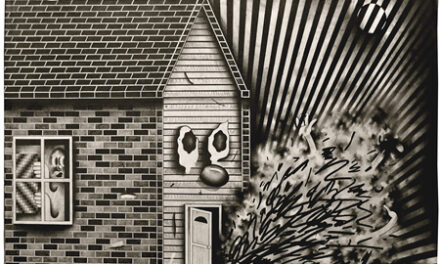Violinist Gil Shaham has a reputation for his generosity, his humanness, his masterful technical skill and his musical integrity. He lived up to all that and more on Thursday with the UNC Symphony Orchestra under the skillful wand (he does seem to work magic) of Tonu Kalam.
The concert, part of the Carolina Performing Arts series at Memorial Hall on the UNC campus, began with an all orchestral first half that included two beautifully performed selections. First was the exciting Overture to La forza del destino by Giuseppe Verdi. In this piece the composer gives us a masterful overview of the love, misunderstandings and tragedy that are to come in the opera that follows. It is one of the most frequently performed of Verdi’s overtures as concert pieces.
The orchestra was superb, with shimmering strings, articulate woodwinds (especially the sweet flute solos – throughout the evening), bold and well-balanced brass, and masterful percussion. Two harps added a warm charm in their passages. Especially impressive was the smooth handling of difficult transitions from fast to slow, loud to soft, and sudden mood changes.
Next came a piece that allowed the members of the whole orchestra to show off their skills in challenging sectional passages and exquisite solos. It might well have been called a concerto for orchestra, but it was actually the Nobilissima Visione Suite by the mid-20th century neo-classical composer, Paul Hindemith. The suite is comprised of music taken from the composer’s ballet based on the life of Francis of Assisi. The three movements are 1. Introduction and Rondo, 2. March and Pastorale, and 3. Passacaglia.
Hindemith uses a unique harmonic language which was well demonstrated in the opening string passage. A warm and rich sound with a somewhat discomforting dissonance and violins playing mostly in their lower register characterized the introduction. The rondo featured some marvelous play between the strings and the woodwinds with kudos again for the flute solos. The march section began with a virtuosic piccolo solo accompanied by a drum tattoo in a delightful passage, then launched into a rather ruckus episode employing the whole orchestra and returned to the piccolo-drum theme. The movement ended with a quiet passage which in the ballet depicts Francis’ marriage to poverty. Here a marvelous oboe solo stood out. The final passacaglia was an impressive orchestral tour de force. Here every section had at least a few measures to shine and that they did, as well did some outstanding soloists.
Year after year students come and go; yet the outstanding near-professional level of the UNC Symphony Orchestra seems constant. Their musicality is always impressive, with a balanced sound, sensitive phrasing and dynamics, accurate rhythms and precise entrances and cut-offs. It is always a pleasure to hear them play. Thank you, every student. Thank you, Maestro Kalam.
After an intermission, the internationally acclaimed violinist, Gil Shaham appeared on stage to extended applause. Pre-concert comments from violin professor Nicholas DiEugenio and later comments from Kalam left no doubt that a bond of mutual affection and appreciation had developed between the guest artist, the orchestra and its leader over the past several days.
Together they performed Tchaikovsky’s Violin Concerto in D, Op. 35, with enthusiastic vigor. From its troubled and controversial beginning (two violinists of the day declined to premiere it), it has been deemed one of the most daunting of violin works. Still, it has made its way well in the world and has long been a favorite with both audiences and performing artists; and yes, it is still a test of a violinist’s technical and interpretive skills.
From the opening familiar lyrical theme through dancing interplay between soloist and orchestra and awesome solo passages and cadenzas, the performance was inspired. The orchestra was at its best, underscoring the soloist supportively, nicely there in the background but full-voiced in climactic and emphatic passages.
Shaham was all he was advertised to be. The tones he elicited from his instrument were warm and silken, acrobatic and dancing, sweet and aggressive from the lowest note to almost inaudible harmonics. As I left the hall my thought was, “Wow! That was a dazzling performance.”
We look forward to Shaham’s return visit in February when he will perform Prokofiev’s Violin Concerto No 2 and sparks will fly in Memorial Hall to dazzle us once more.











